String orchestra - Grade 4
SKU: EC.1.2278
Composed by George Frederick McKay. Orchestra: Short Work. Secular, 20th Century. Full score. Galaxy Music Corporation #1.2278. Published by Galaxy Music Corporation (EC.1.2278).
ISBN 600313122781. UPC: 600313122781.
George Frederick McKay, a native of Harrington, Washington, was the first graduate in composition studies at the Eastman School of Music in Rochester, New York, in 1923, where he studied under Christian Sinding and Selim Palmgren. His 1927 faculty appointment at University of Washington began a four-decade tenure of composing, teaching, and leading performing ensembles in concerts focusing on contemporary and American works throughout the Seattle metropolitan area. He founded the Composition Department at the University of Washington where students in his studio included William Bolcom, John Cage, Goddard Lieberson, and Earl Robinson.
As an author, McKay's books include "Creative Orchestration," "The Technique of Modern Harmony," and "Creative Harmony." In 1939, McKay held the Alchin Chair of Music at the University of Southern California, succeeding Arnold Schonberg and Howard Hanson in that appointment. McKay’s music displays a vigorous blend of influences, including Civil War era folksongs sung to him by his grandparents; old fiddlers' tunes handed down in the family; Northwest native American songs and dances; and avant-garde satire from the Seattle urban scene.
“From Outdoor Life” is one of approximately 30 works composed by George McKay for string orchestra or youth orchestra. The composition is in two stylistically contrasting movements. The music is highly tuneful, based on a chromatic tonal palate. The movements are not overtly programmatic but are clearly inspired by the western American landscape—perhaps reminiscent of the wilderness explorations of John Muir or the photographer’s eye of Ansel Adams.
The two movements provide excellent pedagogical opportunities to explore a variety of rhythmically active and sostenuto bowings as well as expressive pizzicato. The thematically and technically interesting content is well-distributed among each of the string parts. The technical demands lie at or below the Grade 4 level. Duration: 6:00
String count: 8-8-6-6-4.
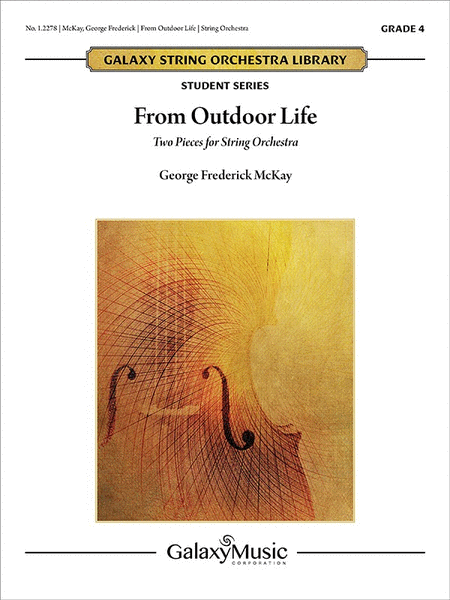

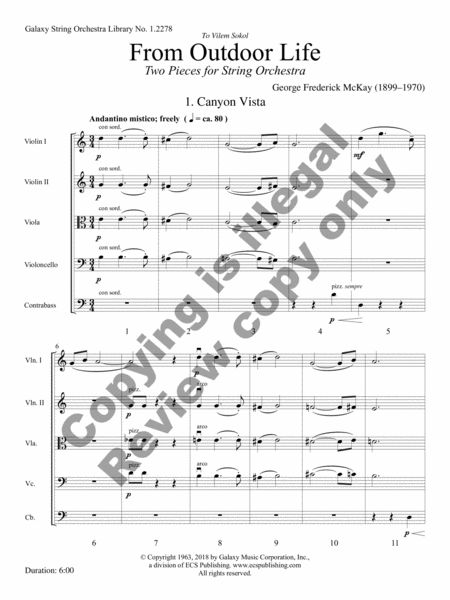
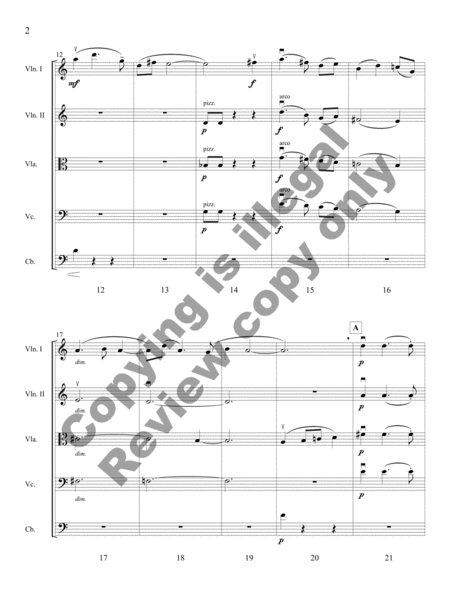
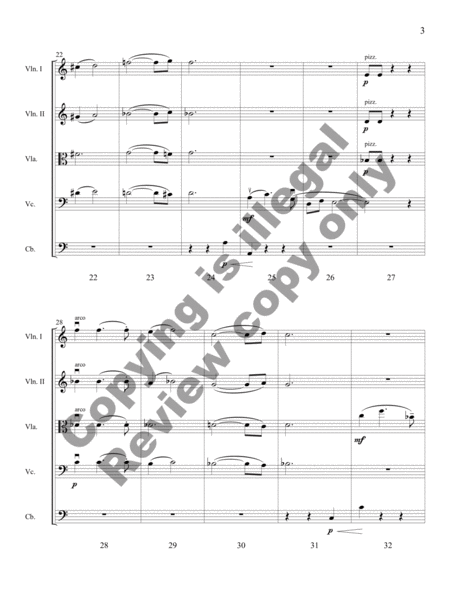
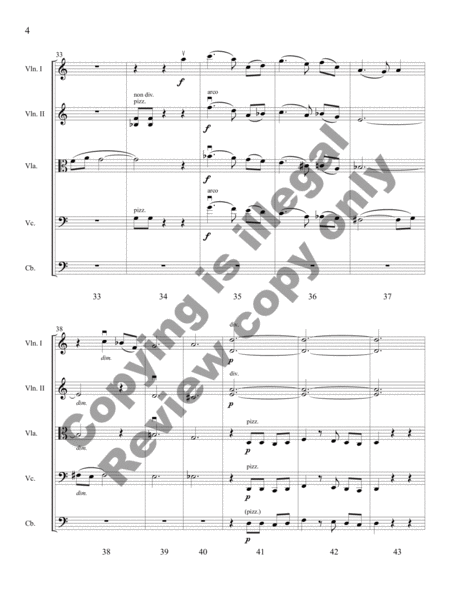
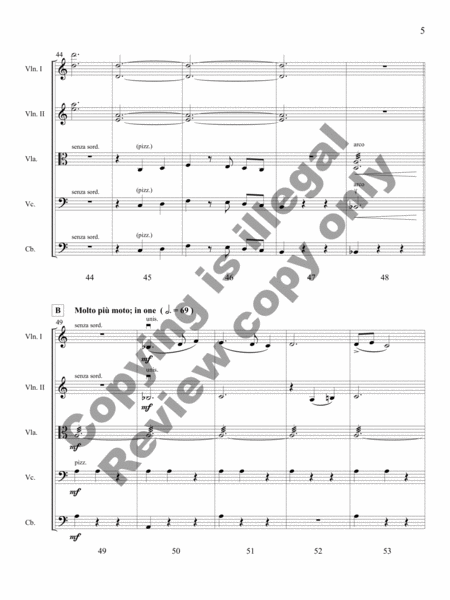
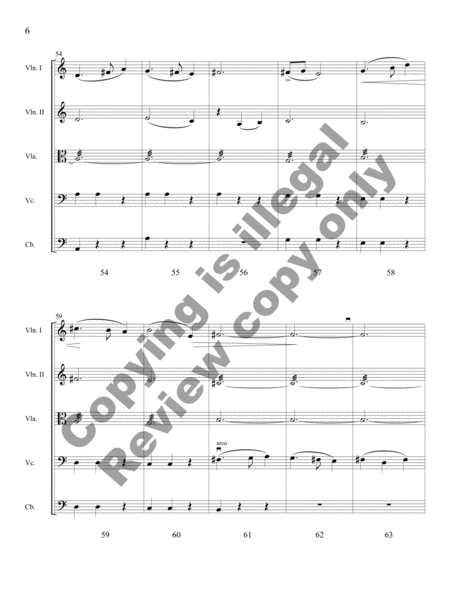
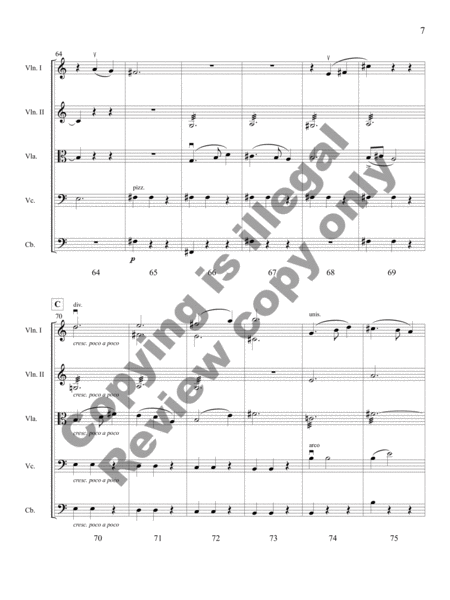
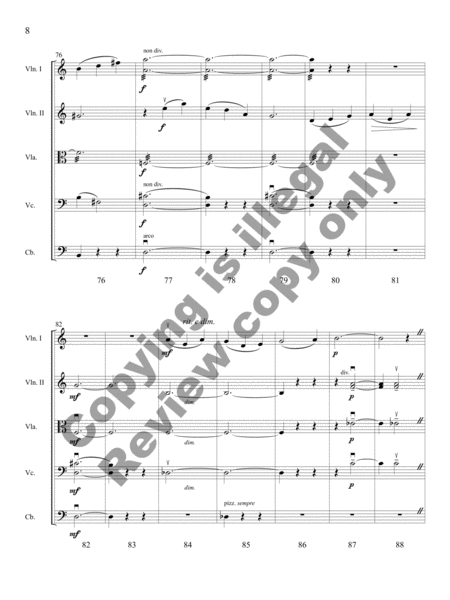
 Share
Share